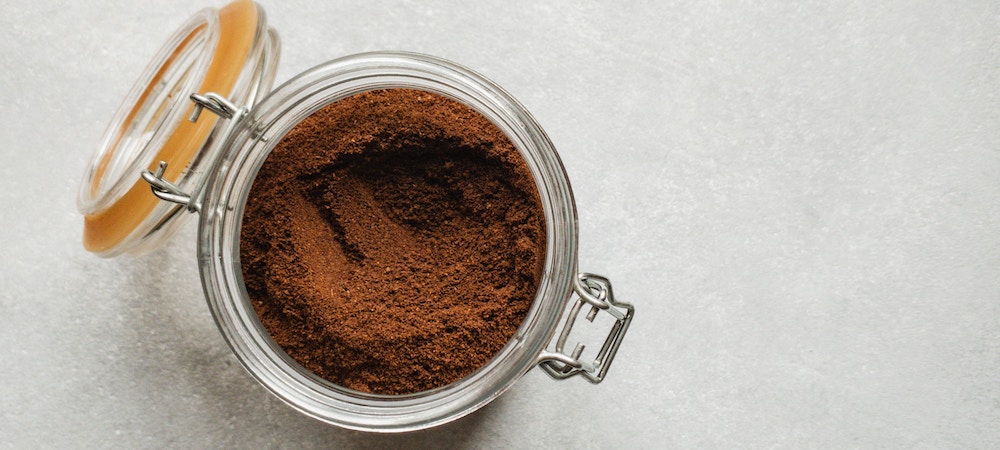Anatomy of a Bong
In the wide world of stonerware and cannabis accessories, the bong is one of the most common cannabis consumption methods. Bongs are highly entrenched in cannabis culture, so much so that some connoisseurs go to the extent of naming their pieces and attaching personalities to otherwise inanimate objects. A bong can go beyond simply a smoking apparatus, it is a symbol of a culture that has evolved its own language, humour, etiquette, art, literature and music.
The anatomy of a bong is varied and more complex than one might think as they come in many shapes and sizes. Let’s break down the different aspects of a standard bong and their individual functions.
Bowl Piece
The bowl piece is where the dried flower is packed after it’s been through a grinder or broken down. Bowls come in a variety of shapes and sizes, much like the bongs themselves, but they’re mostly made from glass or metal with a hole at the bottom. Some users place a thin-wired metal screen at the base of the bowl piece to avoid having the ash fall through. This helps to longer maintain the overall cleanliness of the bong.
Downstem
A downstem is an essential feature of your apparatus. It links the bowl piece down to the water in the main chamber of the bong, allowing for smoke to pass through. A basic downstem consists of a hollow tube, typically with a set of slits near the bottom, which acts as a percolator to filter the smoke. There are variations of downstems that further enhance bubbling and cooling of the smoke, however whatever the design, it remains a crucial part of the bong.
Base
The base is the foundation of the bong and can take many shapes, depending on style. The most common base shapes are beakers, round bases and straight-tubes. These are used to create the water chamber in which the smoke cools as it passes through the water.
Mouthpiece
The final piece of the puzzle is the mouthpiece. Traditional mouthpieces are horizontal and found at the very top of a bong. However, with time, angled mouthpieces are becoming more common, allowing you to take a hit without having to hunch over the bong. The mouthpiece, of course, is where the magic happens, where the filtered smoke reaches its final destination as you inhale.
The main advantage that draws consumers to using a bong is its ability to cool and filter the smoke through water, offering a smooth draw even when a large amount of smoke is inhaled.
Bongs require less cannabis than say a joint, while still maintaining the aroma and flavour profile of the flower. Through its evolution, bongs today are most commonly hand-blown from glass by artists who blend science and art, creating masterpieces that are both beautiful and functional.




